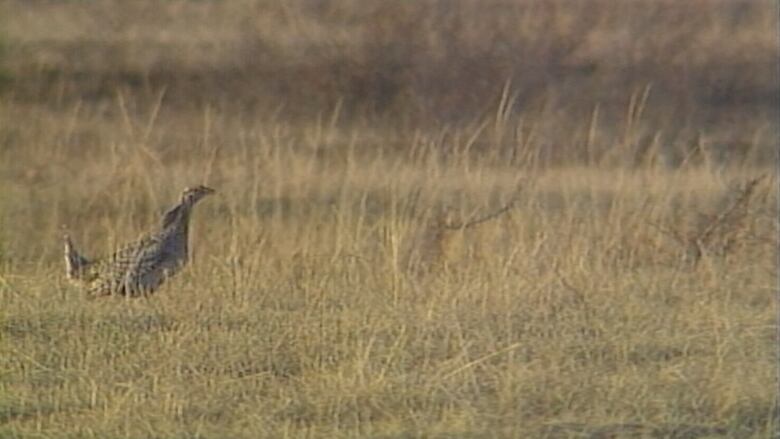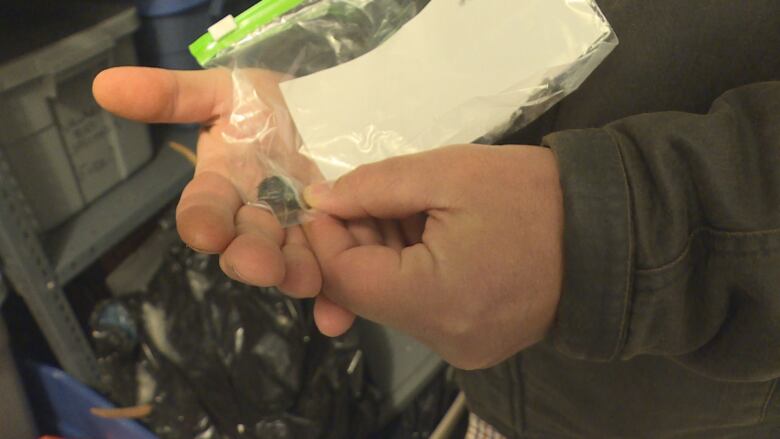How does Lyme disease spread? The answer may lie in the hearts of grouse
University of New Brunswick forestry students ask hunters to collect bird hearts for disease study

A Fredericton lab is on the hunt for bird hearts.
Researchers at the University of New Brunswick are hopinghunters will bring inhearts of game birds that could allow them to better understand how adisease is spreading in New Brunswick.
"Any hunters interested in helping us out would be appreciated," said Joseph Nocera, UNB's assistant professor of forestry and environmental management.
- New study launched to examine elusive fisher population
- Trapping season begins as desire for fur drops among usual buyers
"The reason we're doing this is to look for infection rates of Lyme disease."
Nocerasaid hislab was part of the research team that earlier recorded the move of Lymediseaseinto more northern counties earlier this year, and he suspects birds maybe responsible.

"Migratorybirds are long-distance transporters of the tick that carries Lyme disease," saidNocera. "We also know that thepreferredend-host for black-legged ticks arelarge mammals like deer, but we don't know who moves ticks around in the younger stages of theticks' life.
"And ruffed grouse inhabits habitats that the ticks also prefer. Andsowe've made the prediction that they are a local vector, maybe moving them around on the scale of ones to tens ofkilometres."
As a result,Norcerahas put the call out to bird hunters onsocialmedia asking to collect the hearts from ruffed and sprucegrousegame birds.
While hunting season is open, our lab is issuing a request for grouse hearts! We need them for Doug Munn's MSc work on infection rates.
—@NoceraUNBSofarthe lab has received about 50 bird hearts, but more than 120 will be needed to ensure the sample size of the experiment is large enough to producereliableresults.
The team is predicting that the ruffed grouse is the carrier species but need the hearts of the other bird species to compare infection rates.
"We're using spruce grouse as kind of a control species," said Douglas Munn, a graduate student in forestry andenvironmentalmanagement, is working onthe grouse experiment."They are less likely to be in the areas I've been finding black-legged ticks based on the vegetative characteristics of theirhabitat."

"We have a few spruce grouse hearts," Munnsaid. "But I'd like to have many, many more."
Hunters willing to contribute parts of their game toNocera'slab are asked to freeze the hearts, label them with where they were collected and contact them through UNB.
The lab will pick upthe donated organs throughout New Brunswick.












_(720p).jpg)


 OFFICIAL HD MUSIC VIDEO.jpg)
.jpg)



























































































